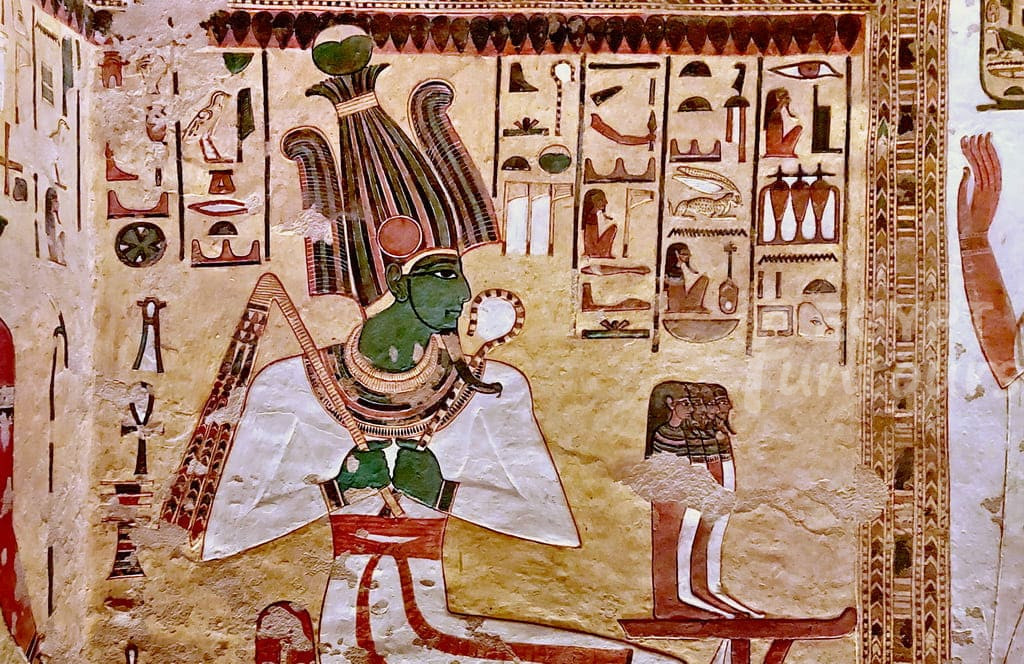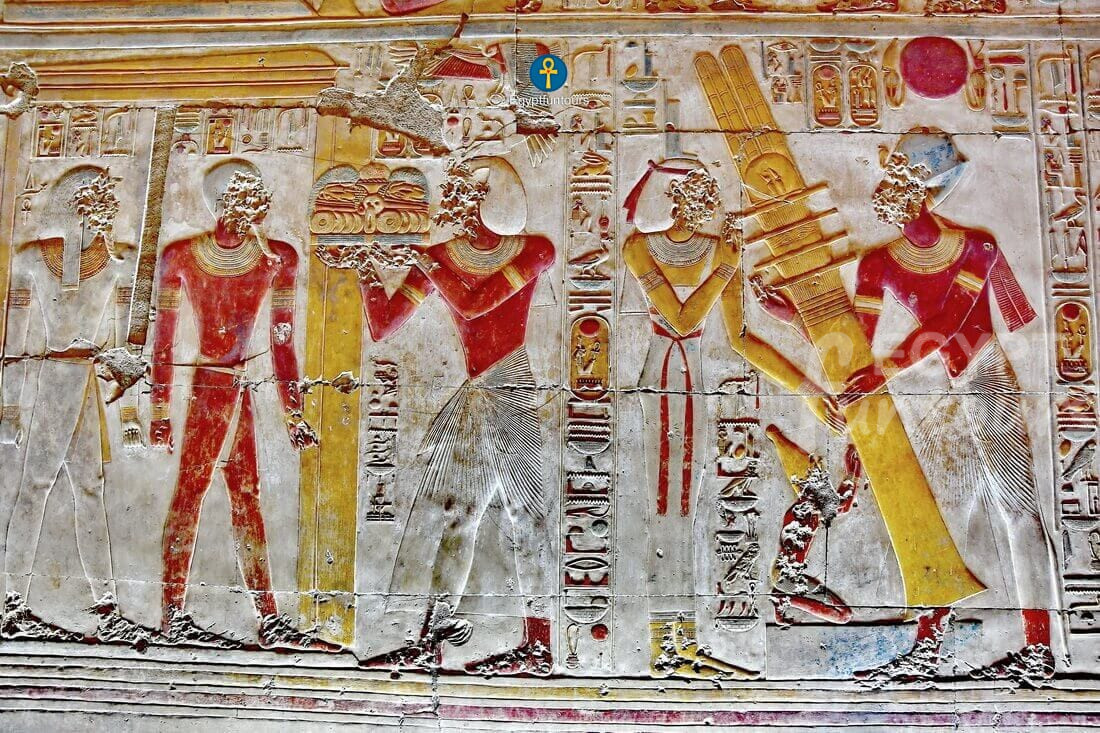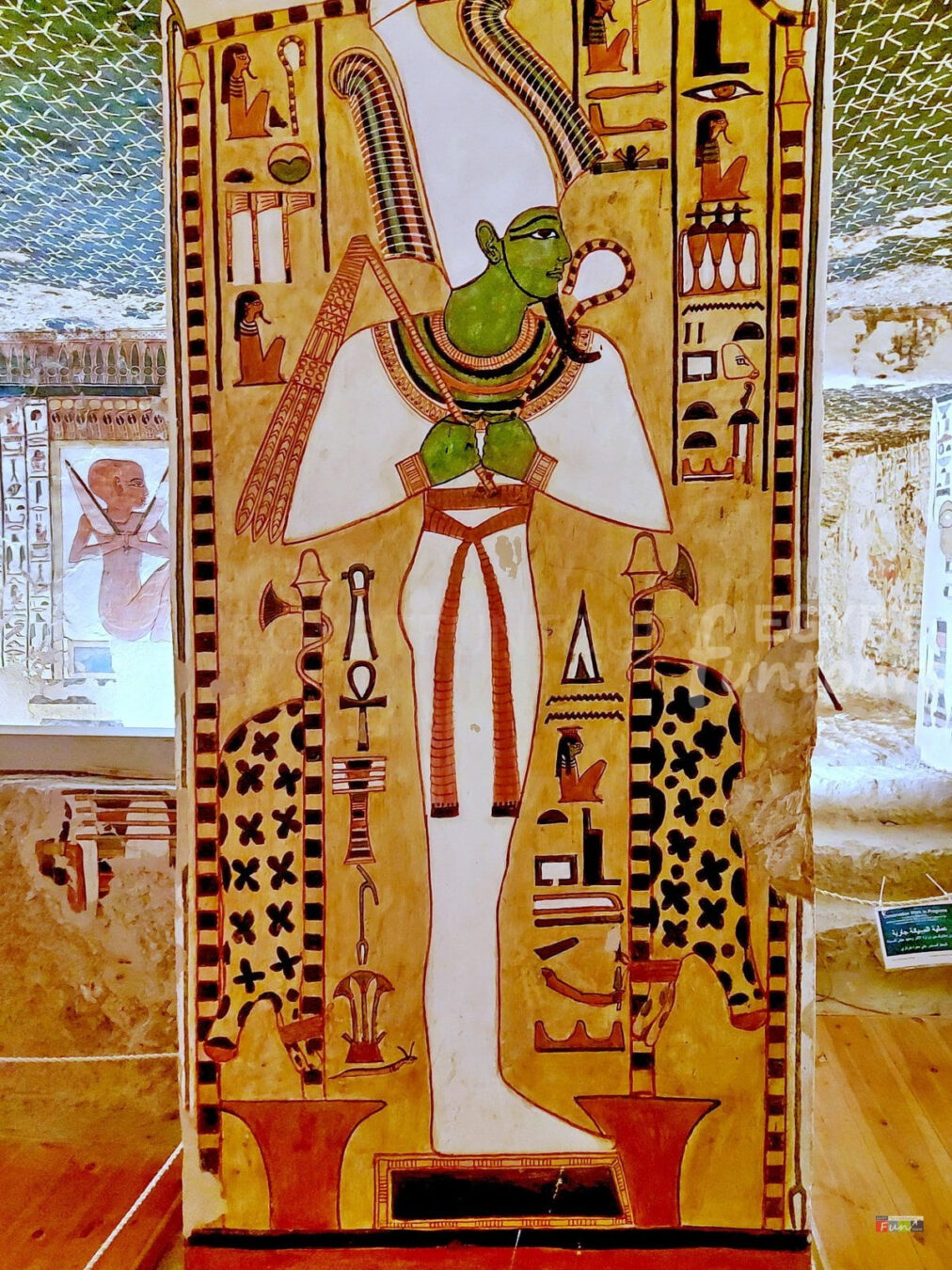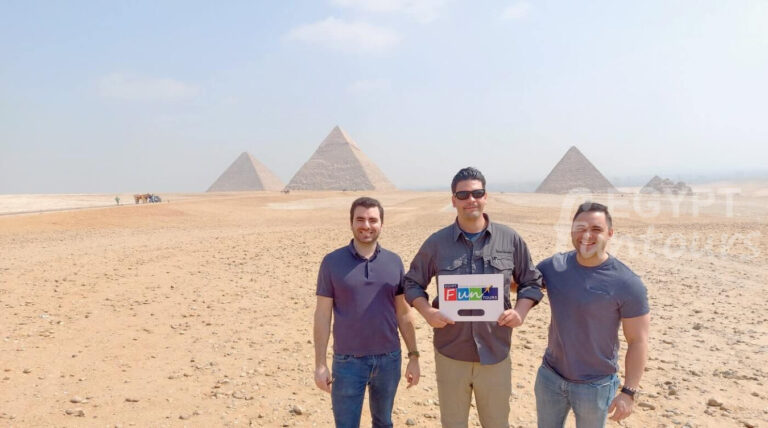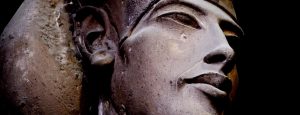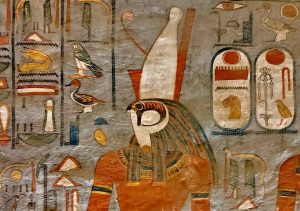Gods and goddesses are the heart of ancient Egyptian history, and few are as central and powerful as Osiris God of the Afterlife. Revered as the god of grain, resurrection, and fertility, his myth isn’t just a story—it’s the very foundation of ancient Egyptian beliefs about eternal life, a concept that shaped their entire civilization, from the pyramids to the Book of the Dead.
As an essential figure in any Egypt tour, understanding the legend of Osiris, god of the afterlife, is key to unlocking the secrets of the ancient world. This guide delves into his captivating legend, his pivotal role as the divine ruler and judge of the dead, and the powerful symbolism you’ll see in every temple and tomb you visit.


